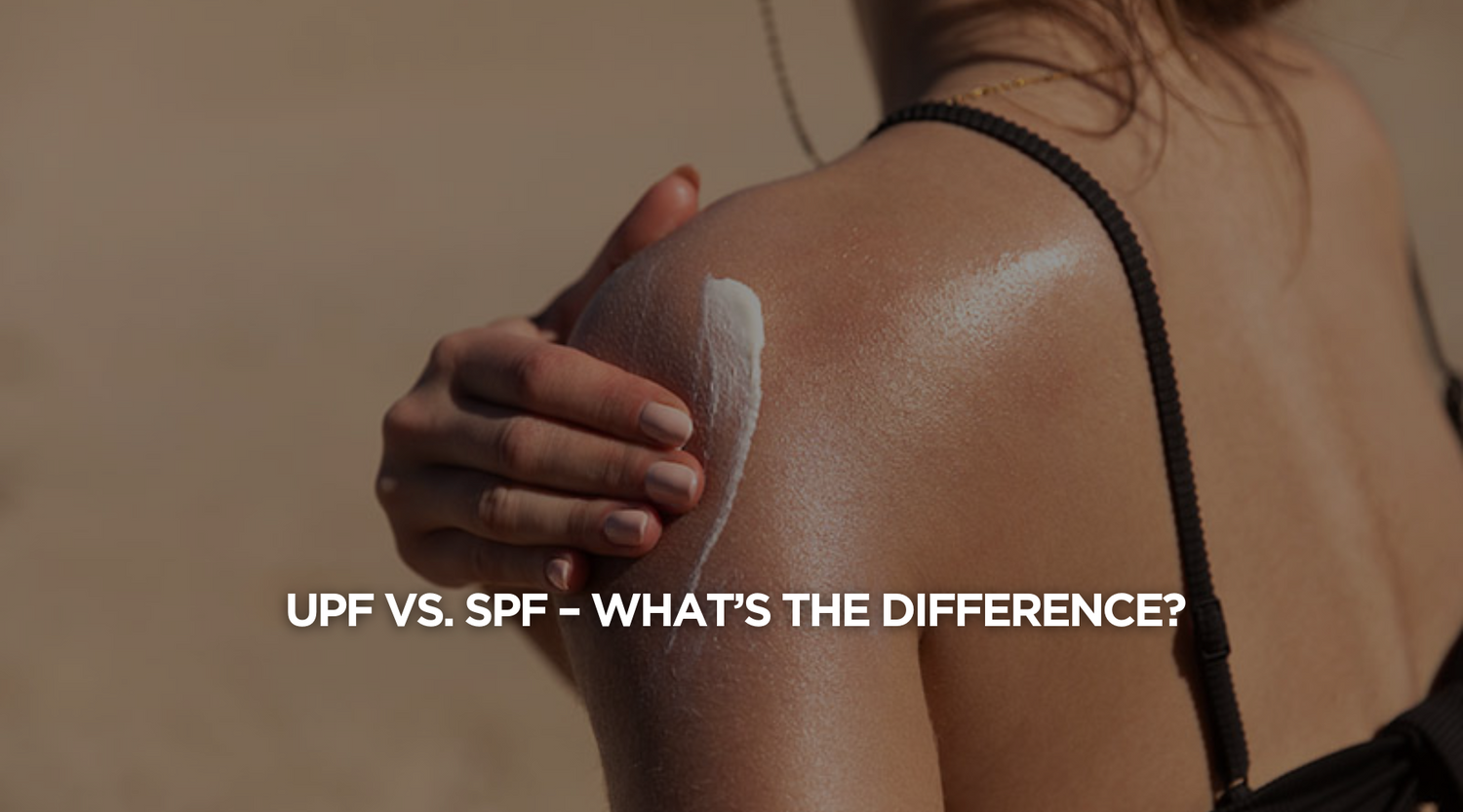When it comes to sun protection, two key terms often come up: UPF and SPF. While they both measure protection against harmful UV rays, they apply to different types of sun protection. So, what’s the difference, and which one should you prioritise?
SPF: Sun Protection Factor (For Sunscreen)
SPF (Sun Protection Factor) measures how well a sunscreen protects against UVB rays, which cause sunburn. The number indicates how much longer you can stay in the sun before burning compared to unprotected skin.
For example:
- SPF30 blocks 97% of UVB rays
- SPF50 blocks 98% of UVB rays
However, SPF does not measure UVA protection (the rays that cause premature ageing and skin damage). That’s why you should always choose a broad-spectrum SPF50+ sunscreen, like SParms 100% Organic Sunscreen, which protects against both UVA and UVB rays.
UPF: Ultraviolet Protection Factor (For Clothing)
UPF (Ultraviolet Protection Factor) is the rating system for fabrics, measuring how much UV radiation is blocked by the material.
UPF ratings:
- UPF30 blocks 96.7% of UV rays
- UPF50 blocks 98% of UV rays
- UPF50+ (the highest rating) blocks at least 98% of UV rays
Unlike SPF, UPF clothing protects against both UVA and UVB rays at all times, without the need for reapplication. SParms UPF50+ sun sleeves, body shirts, and leg sleeves provide breathable, cooling sun protection perfect for sports, work, and everyday wear.
Which One Do You Need?
Both! Sunscreen and UPF clothing work together for the best protection. Sunscreen is essential for exposed areas, while UPF50+ clothing provides long-lasting coverage without the hassle of reapplying.
For the best sun protection:
- Wear UPF50+ clothing like SParms sun sleeves and body shirts
- Apply SPF50+ broad-spectrum sunscreen to uncovered areas
- Seek shade and avoid peak UV hours when possible
Stay protected—shop SParms UPF50+ sun protection gear today!
